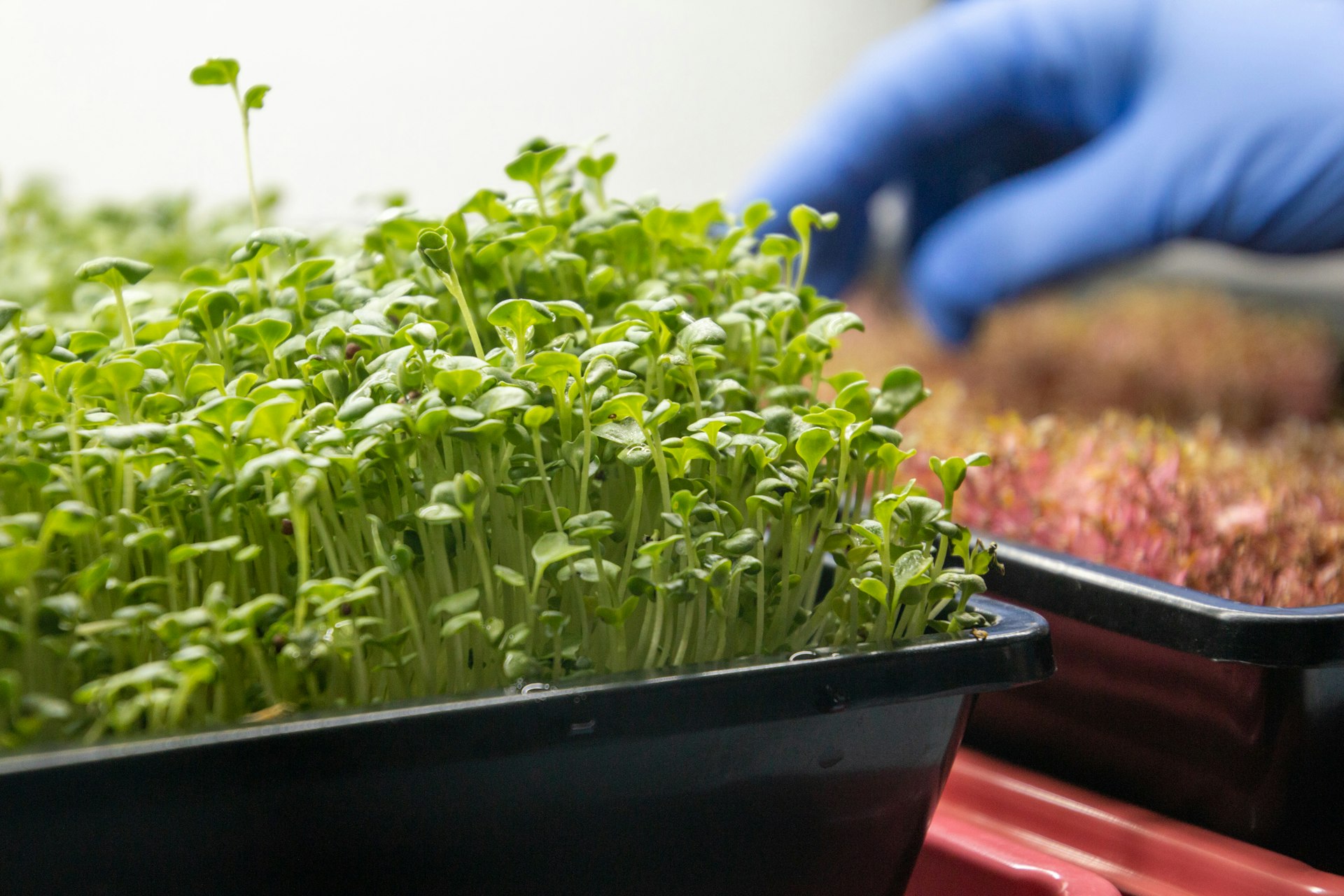2025’s Artisanal Food Products: Trends, Opportunities, and How to Access the Movement

Photo by Quin Engle on Unsplash
Introduction: The Artisanal Renaissance in Food for 2025
In 2025, artisanal food products are experiencing a major resurgence, driven by a growing consumer desire for authenticity, transparency, and sustainability [1] . This shift is not merely a fleeting trend but a broader cultural movement that values craft, origin, and the story behind every bite. For businesses and consumers alike, understanding and accessing this market is crucial to staying relevant and enjoying the best of what contemporary food culture offers.
Why Artisanal Products Are Trending
The appeal of artisanal food today extends far beyond handmade aesthetics. Consumers are motivated by several factors:
- Traceability and Transparency: Shoppers want to know exactly where their food comes from and who made it. This demand for transparency is reshaping how products are sourced and marketed [1] .
- Sustainability: Ecological concerns and food inflation have made sustainability a non-negotiable factor. Artisanal producers often prioritize low-waste methods and ethical sourcing [3] .
- Emotional Value: The connection to tradition and the people behind products is increasingly important. A jar of honey, for example, is valued for its story and its link to nature [1] .
This convergence of values, experience, and quality is driving the artisanal movement to new heights in 2025.
Key Trends in Artisanal Food Products
Hyper-Regional and Authentic Flavors
Consumers are seeking flavors that go beyond generic categories. Instead of broad “Asian” or “Latin” profiles, the demand is for specific regional specialties-think Oaxacan mole, Filipino adobo, or Sichuan peppercorns [3] . This trend encourages producers to embrace traditional methods and local ingredients, while also fostering diversity in the marketplace.
How to Access: Look for products from local farmers’ markets, regional food festivals, and specialty retailers who highlight origin stories and specific regional techniques. Ask producers about their sourcing and preparation methods to ensure authenticity.
Plant-Based and Functional Foods
Artisanal innovation is expanding in the plant-based sector. Consumers expect more than just meat alternatives-they want products with better texture, richer flavor, and enhanced nutritional profiles. Advances in precision fermentation and plant-derived fats are enabling small-batch producers to create sophisticated, health-focused foods [3] .
How to Access: You can find these products at health food stores, online marketplaces specializing in sustainable foods, and vegan restaurants that emphasize local sourcing. Always check product labels for information on ingredients and health claims.
Low-Waste Production and Sustainability
Low-waste and upcycled ingredients are at the heart of the artisanal food movement in 2025. Many producers are repurposing by-products and minimizing packaging to reduce environmental impact [3] .
How to Access: Seek out brands and vendors that advertise low-waste practices and use eco-friendly packaging. You can also support community-supported agriculture (CSA) programs that prioritize sustainability.

Photo by Robert Anasch on Unsplash
International Snacking and Global Fusion
Artisanal snacking is undergoing a transformation, with brands introducing global flavors into everyday snacks. Products like mango sticky rice chips, chili crunch edamame, and Mexican vanilla chocolate cookies are making international snacking accessible and exciting [4] . Packaging often tells the story of cultural roots, adding emotional and educational value.
How to Access: Explore specialty aisles at major retailers, such as Whole Foods Market, and look for products that highlight international fusion and cultural stories. Attend food exhibitions or follow social media accounts of global snack brands to stay updated on launches.
Actionable Strategies for Lead Generation and Sales
1. Partner with Local Producers
Building relationships with small producers can secure exclusive access to trending artisanal goods. Attend regional food expos, connect through local chambers of commerce, and join online communities focused on craft foods. Collaboration can yield co-branded products and limited-time offers that drive consumer interest.
2. Leverage Data Analytics and Trend Monitoring
Utilize industry data platforms like Tastewise to monitor consumption trends, ingredient popularity, and consumer claims [2] . This enables agile marketing strategies and targeted messaging that resonates with current consumer needs. Adapt your offerings based on real-time insights to stay ahead of the competition.
3. Emphasize Storytelling and Transparency
Highlighting the story behind your products-who made them, where they’re from, and how they’re produced-builds trust and emotional connection. Use your website, packaging, and social media to share these narratives, supported by clear documentation of sourcing and sustainability practices.
4. Educate and Engage Customers
Provide detailed product information, tasting notes, and pairing suggestions. Host in-store or online events such as tasting sessions, workshops, and producer Q&As to build community and loyalty. Encourage feedback and highlight customer reviews to foster engagement.
Challenges and Solutions in the Artisanal Food Sector
While the artisanal market is vibrant, it presents unique challenges:
- Supply Chain Complexity: Small-scale production can lead to inconsistent availability. Solution: Diversify sourcing and maintain close communication with producers.
- Higher Costs: Artisanal products often carry a premium price due to quality and limited scale. Solution: Educate consumers about the value and benefits, and offer sample sizes or bundled deals.
- Regulatory Compliance: Navigating food safety regulations can be complex for small producers. Solution: Seek guidance from local health departments and industry associations.
Alternative Ways to Access Trending Artisanal Foods
In addition to traditional retail, consumers can access artisanal products through:
- Online Specialty Retailers: Many established e-commerce platforms offer curated selections of artisanal foods. Search for “artisanal food marketplace” to find verified sites.
- Farmers’ Markets and Food Festivals: These venues offer direct access to local producers and unique, limited-edition products.
- Subscription Boxes: Monthly artisanal food boxes bring a variety of trending products straight to your door. Many well-known subscription services are available; search for “artisan food box” for options.
- Community Supported Agriculture (CSA): Join CSA programs in your area to receive seasonal, locally sourced artisanal food products.
If you’re looking for specific brands, visit major retailers like Whole Foods Market to explore their curated selections of trending artisanal snacks and ingredients [4] .
Summary: Key Takeaways for 2025
The artisanal food trend is defined by authenticity, regionality, sustainability, and emotional connection. Whether you’re a consumer seeking new flavors or a business looking to generate leads and boost sales, embracing these principles will position you at the forefront of the movement. For the latest developments, monitor trend analytics platforms and engage with trustworthy producers through established retail channels and direct community relationships.
References
- [1] Mon Panier Latin (2025). What 2025 Food Trends Tell Us About the Rise of Artisan Products.
- [2] Tastewise (2025). Artisanal Food Trends 2025: Data And Analytics.
- [3] Artisan Food Group (2025). Innovative Food Trends to Watch Out for in 2025.
- [4] Whole Foods Market (2025). The Next Big Things: Our Top 10 Food Trends in 2025.
- [5] Mosaic Flavors (2025). 2025 Flavor Trends: What’s Next in Food & Beverage.
MORE FROM hotondeals.com













